Hi there, pet lovers! 🕷️
For arachnid enthusiasts seeking a unique and fascinating pet, the Ladybird Velvet Spider (Eresus sp.) is a captivating choice. With their striking colors, intriguing behaviors, and relatively low-maintenance care, these spiders offer a blend of beauty and mystery. However, their unusual lifecycle and specific habitat needs mean they aren’t for everyone.
In this detailed review, we’ll explore everything potential owners need to know—from their temperament and care requirements to their availability and ethical considerations. Whether you’re a seasoned spider keeper or a curious beginner, this guide will help you decide if the Ladybird Velvet Spider is the right pet for you.
Overview
Ladybird Velvet Spiders are small, brightly colored arachnids known for their velvety appearance and striking resemblance to ladybird beetles (ladybugs). Native to regions in Africa, Asia, Europe, and Brazil, these spiders are as intriguing as they are visually stunning. Here’s a quick summary of what makes them unique:
- Handling and Temperament: Generally docile but not ideal for frequent handling.
- Care and Maintenance: Simple but requires precise humidity and ventilation.
- Health and Durability: Sensitive to high humidity; females live longer than males.
- Availability: Rare in the pet trade; mostly sourced from specialized breeders.
- Cost: Moderately priced for the spider itself, but setup costs are minimal.
- Overall: A fascinating pet for dedicated keepers, but not recommended for beginners or those seeking interaction.
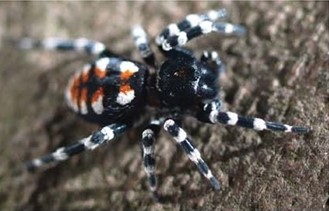
Why Choose a Ladybird Velvet Spider?
These spiders are best suited for observational keepers—those who appreciate their beauty and natural behaviors without the need for handling. Their vibrant colors (especially in males) and unusual maternal behaviors make them a subject of fascination. However, their short lifespans (especially males) and ethical concerns around breeding mean they’re not a pet for everyone.
Handling and Temperament
Personality and Interaction
Unlike jumping spiders, Ladybird Velvet Spiders are not adventurous climbers. They prefer staying in their silk retreats, making them less interactive than other pet arachnids.
- Docile but Delicate: They rarely bite, but their small size makes them fragile.
- Not Ideal for Handling: Stress can lead to health issues, and males have short lifespans.
- Best for Observation: Their beauty lies in their natural web-building and hunting behaviors.
Biting and Defensive Behaviors
While their venom is mild and not medically significant, bites are rare and usually only occur if the spider feels trapped.
Care and Maintenance
Enclosure Setup
- Size: A small terrarium (5-10 gallons) is sufficient.
- Substrate: A mix of coco fiber and dry sphagnum moss works best.
- Decor: Cork bark, rocks, and branches for climbing and anchoring webs.
- Ventilation: Critical—cross-ventilation prevents deadly humidity buildup.
Humidity and Temperature
- Humidity: Low to moderate (too much moisture can be fatal).
- Temperature: Room temperature (65-75°F) is ideal—no heating required.
Feeding
- Diet: Flightless fruit flies for spiderlings, transitioning to crickets, roaches, or mealworms for adults.
- Hydration: Occasional water droplets (but they mostly get moisture from prey).
Lighting
No special lighting is needed—ambient room light is sufficient.
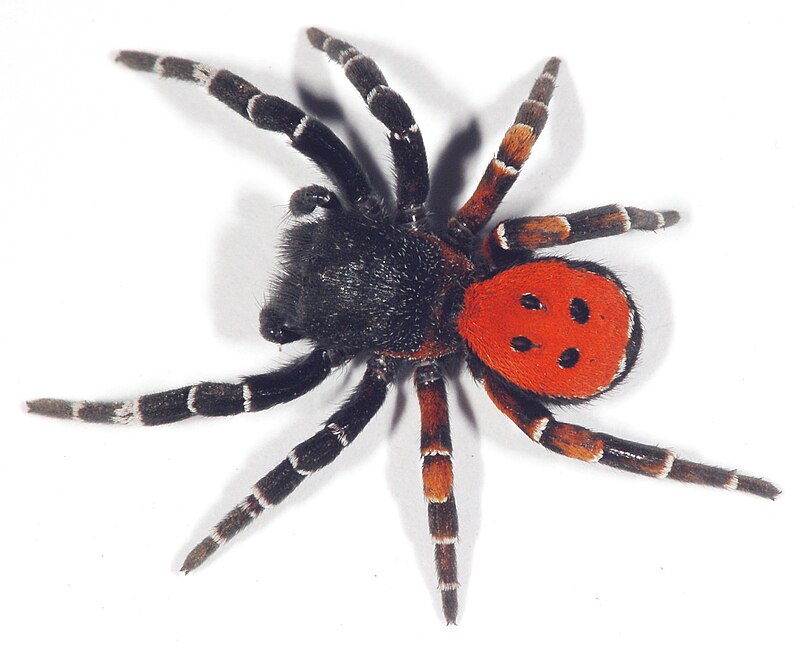
Health and Durability
Lifespan
- Females: 5+ years (if not bred).
- Males: 1-2 years (shorter due to their post-maturity decline).
Common Health Issues
- Respiratory Problems: Caused by excessive humidity.
- Dehydration: Rare but possible if prey is insufficient.
- Stress-Related Deaths: Overhandling or poor enclosure conditions.
Breeding Considerations
- Maternal Sacrifice: Females liquefy their own organs to feed offspring, then are eaten by them.
- Ethical Concerns: Breeding is not recommended for casual keepers.
Availability and Cost
Where to Buy
- Specialized Breeders: The best source for healthy specimens.
- Online Exotic Retailers: Occasionally available, but shipping risks exist.
- Wild-Caught vs. Captive-Bred: Always opt for captive-bred to support ethical practices.
Cost Breakdown
- Spider: $50-$150, depending on species and sex.
- Enclosure Setup: $30-$80 (minimalist design).
Pros and Cons
Pros
✔ Stunning colors (especially males).
✔ Low-maintenance once set up correctly.
✔ Fascinating natural behaviors (web-building, hunting).
✔ Long lifespan for females (if not bred).
Cons
✖ Not handleable (best for observation only).
✖ Sensitive to humidity (requires careful monitoring).
✖ Short male lifespan (limited time to enjoy their colors).
✖ Ethical concerns around breeding (maternal sacrifice).
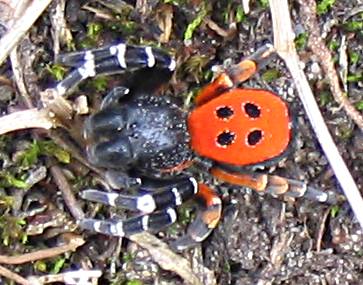
Final Thoughts
The Ladybird Velvet Spider is a unique and visually stunning pet, but it’s best suited for experienced or observational keepers. Their care is simple but requires attention to detail, and their short lifespans (for males) and breeding behaviors make them a more niche choice.
For those who appreciate natural beauty over interaction, these spiders are a rewarding addition to a collection. However, beginners or those seeking a hands-on pet may prefer jumping spiders or tarantulas instead.
Would you keep a Ladybird Velvet Spider? Let us know in the comments! And for more exotic pet insights, stay tuned to our blog. 🕷️

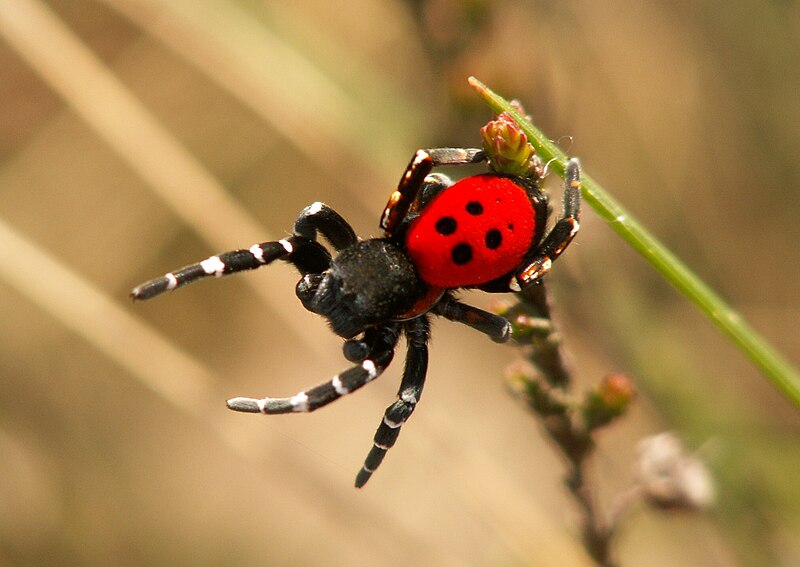

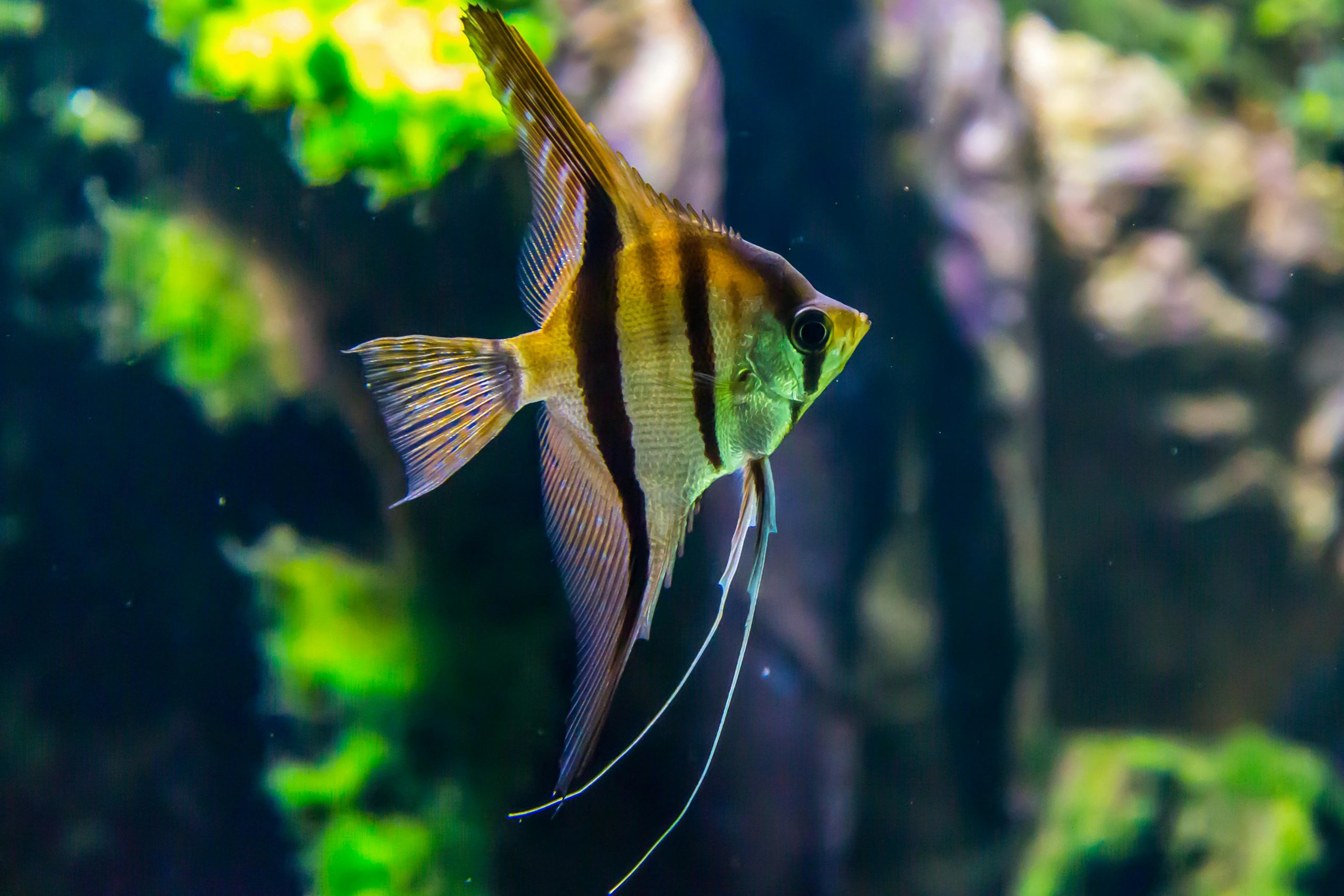
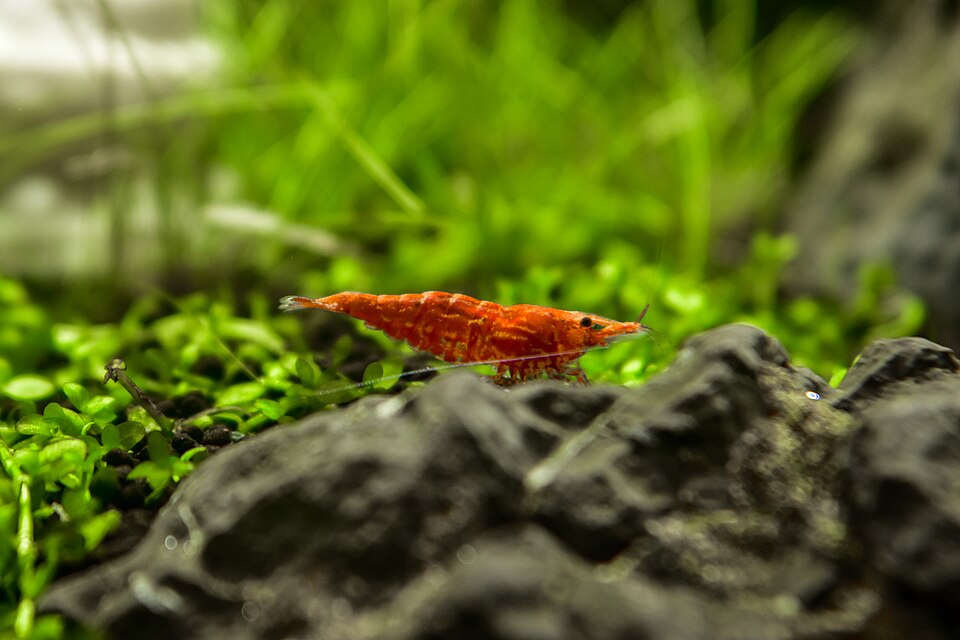

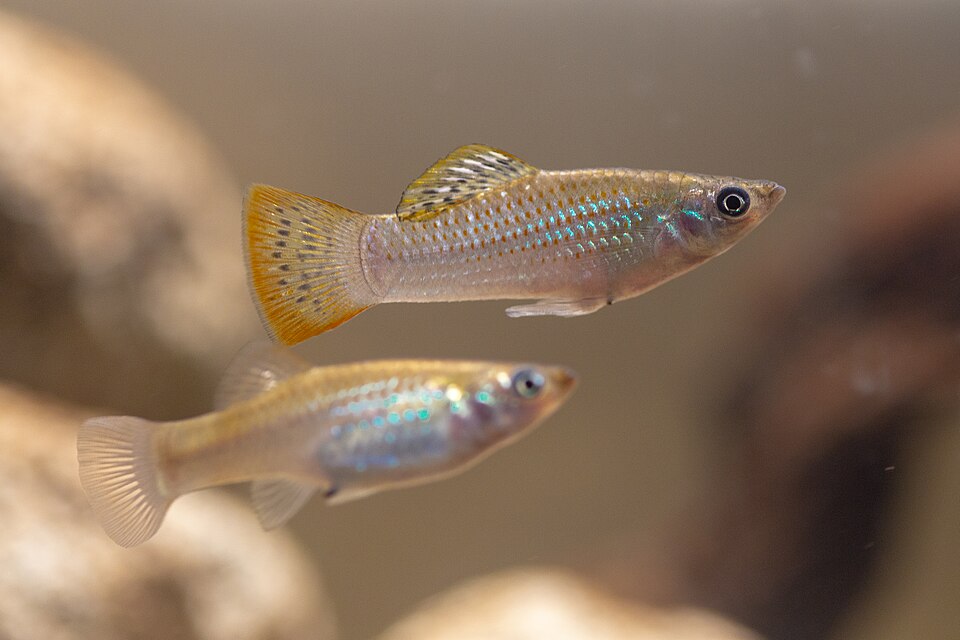
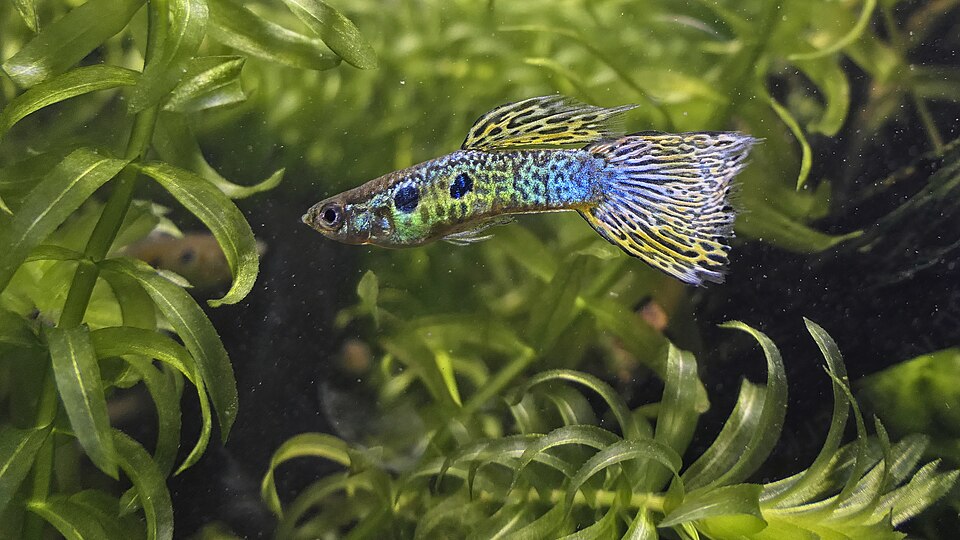
Leave a Reply